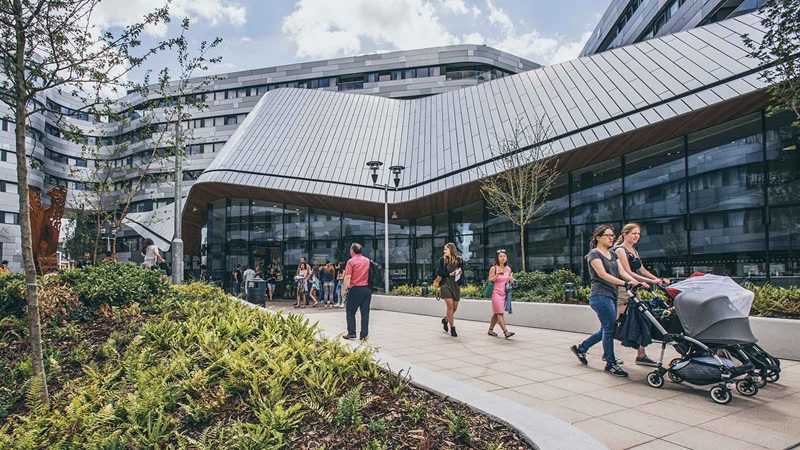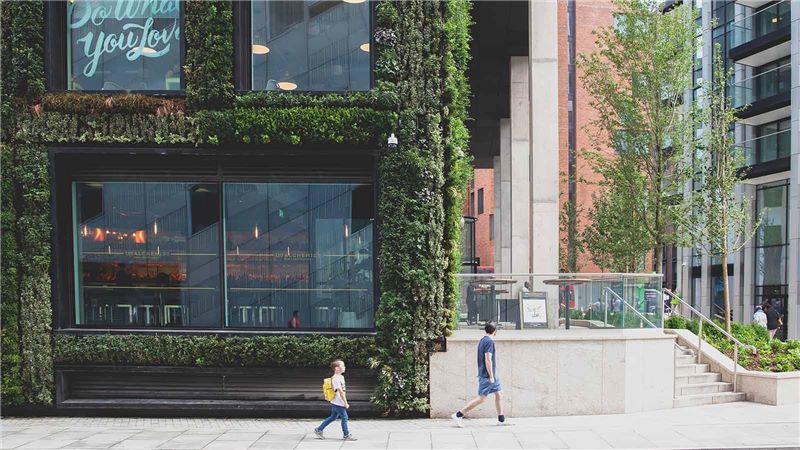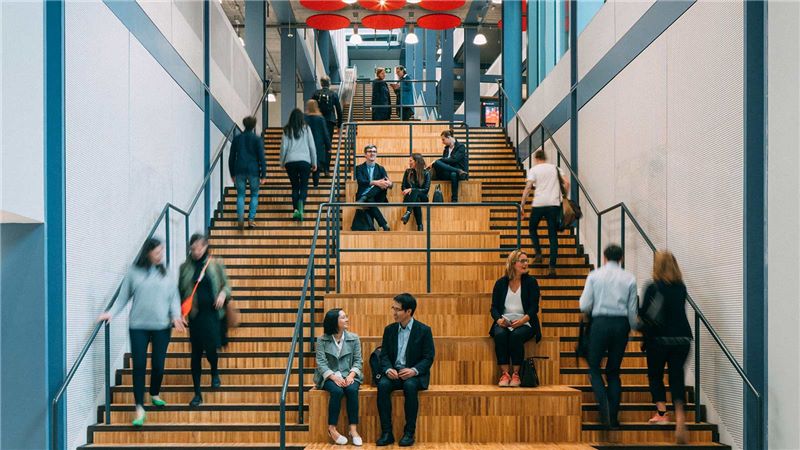Rethinking social value post Covid-19
Covid-19 has changed communities across the world, and social and economic opportunities have been devastated for many. While unemployment is expected to rise further, the UK Government announced its ‘build, build, build’ plan to support recovery from the pandemic.
With this investment committed to infrastructure, it’s more important than ever that the built environment sector ensures that our projects and programmes deliver social value to communities.
Reflecting this new reality, the 2012 Government Social Value Act was recently amended in the 2020 procurement policy note to help communities recover from the pandemic. To meet this challenge, our industry needs to radically improve the way we create social value – making a positive difference through project and programme delivery is now vital, not just necessary.
Sue Hardy, Community & Skills Team Leader at Mace, outlines three steps we can take as constructors, developers and architects, to adapt social value strategies to a post-pandemic world.
1. Measuring what is valuable to society
There are a number of different ways we can measure the social value of a project but what really matters is to measure it effectively, to ensure we can quantify project level or sector level improvements. With the Government’s plan to put infrastructure at the heart of economic recovery, having a clear metric for social value is now vital to demonstrate how a development can multiply investment outcomes.
An important consideration is to engage with the local community to set out their needs and how these may have changed during the pandemic, to determine what you can deliver and how you can measure it.
At Mace we evaluate our impact on local communities using an independent ‘Value2Society’ calculation measuring against six capitals: natural, social, intellectual, manufactured, human and financial. By introducing metrics, we can quantify the social value generated by our work and demonstrate tangible benefits to the environment and local community.
Developing a comprehensive measurement tool makes it possible to interrogate and analyse social value data taking into account the total social value created across the project. By using an approach that monetises impacts we can also look at the different values and which ones will be most effective in different communities.
Social value creation is a long-term approach to be considered throughout project planning, delivery and post completion, bringing benefits to the community long after it is completed.
2. Preserving habitats and promoting wellbeing
As contractors we have to think about the relationship between buildings and the surrounding ecology networks and pro-actively create new habitats and landscaping that support wildlife and community wellbeing. As a result of the lockdowns we’ve experienced , we are already seeing greater value attributed to green spaces and the positive impact they make to people’s lives.
For example, a ‘wild-cities’ approach to social value means creating micro-communities with biodiversity and green spaces at their heart. We can use green space to deliver simultaneous benefits including stormwater attenuation, localised climate control, health and wellbeing benefits and increased local pride.
On Mace’s Greenwich Square development, we delivered a multifunctional micro-community centred around a pocket park, supporting relatively dense mixed-tenure residential accommodation. The social value assessment of the development quantified health benefits of £8.6million to the residents over 20 years derived solely from the park. In addition, the green roof delivers approximately £4million of additional natural capital benefits including acoustic performance and storm water capture.
3. Supporting local employment
At the start of a project, you can create a ‘socioeconomic impact assessment’. This helps to define the sociodemographic profile of the local area, identify impacted communities and develop positive solutions to enhance local skills and create opportunities for local supply chain partners.
From there it is possible to define a delivery framework to ensure you maximise social value outcomes, contributing to employment and skills planning and creating real opportunities for people who are struggling during the current crisis.
Working closely with clients, the Mace approach has evolved to develop a social value strategy that will shape places for the long term, for example creating a sustained employment programme that continues once the project is handed over. To do this, requires us to capacity build with local supply chain partners and businesses to create sustainable work opportunities that encourage cohesion and deliver economic benefits.
All built environment leaders should enhance their social value commitments and strategies to demonstrate real measurable outcomes in the wake of the Covid-19 pandemic. Commitments must include measurable objectives, creating opportunities that align with local community needs and integrate habitat creation in your projects. These three steps will help you support people local to the project you’re delivering.












